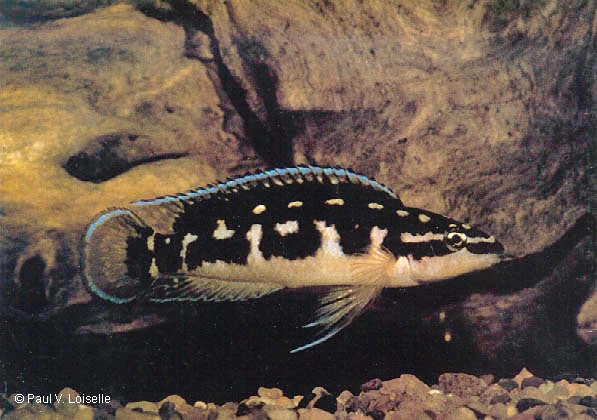Lake Tanganyika
It is the seventh biggest lake among all lakes around the world, with an area of about 34 000 km². The lake is 650 km long and about 60 km broad at the broadest part. The maximum depth is about 1,470 meters, which ranks it as the second deepest lake of the world.This great lake belongs to the African great rift lakes, and it's one of the oldest lakes known. Its ancient origins and long isolation are thought to be the reason for the development and evolution of a number of indigenous and unique fish species, including the brilliantly colored cichlid fishes. It is thought that there are more than 350 species of fish in this lake and new species are being discovered all the time.
The surrounding areas of the Lake are mostly mountainous with poorly developed coastal plains except on part of the east side. On the western coast, steep side-walls of the Great Rift Valley reaching 2,000 m in relative height form the shoreline. The sole effluent river, the Lukuga, starts from the middle part of western coast and flows westward to join the Zaire River draining into the Atlantic.
Agriculture, livestock raising and the processing of these products as well as the mining (tin, copper, coal, etc.) are the main industries in the drainage basin of Lake Tanganyika. Fishery products, the "Tanganyika sardine" (Stolothrissa Tanganikae, Herring Family) in particular, are also important for local economy.
Well-developed regular ship lines connect Kigoma (Tanzania), Kalemie (Zaire) and other coastal towns as essential part of the inland traffic system of east Africa.
Other major attractions on the western circuit include Gombe and Mahale, famous for rainforest, dwelling Chimpanzees, baboons, birds and reptiles.
http://mountrungwesafaris.com






























Hakuna maoni:
Chapisha Maoni